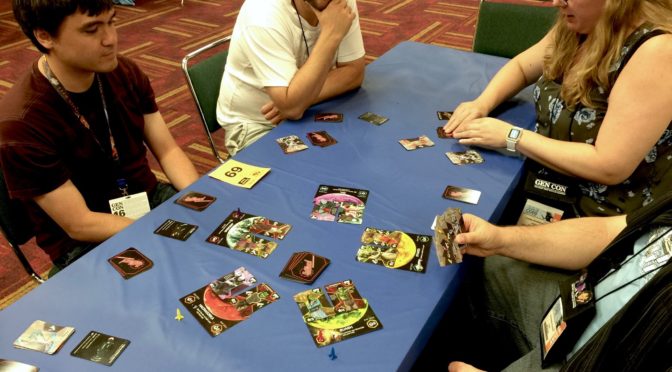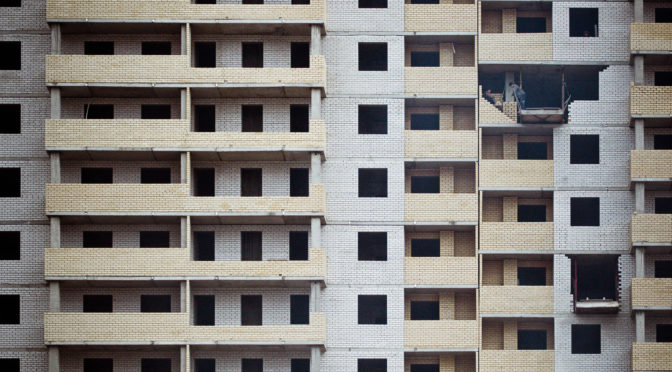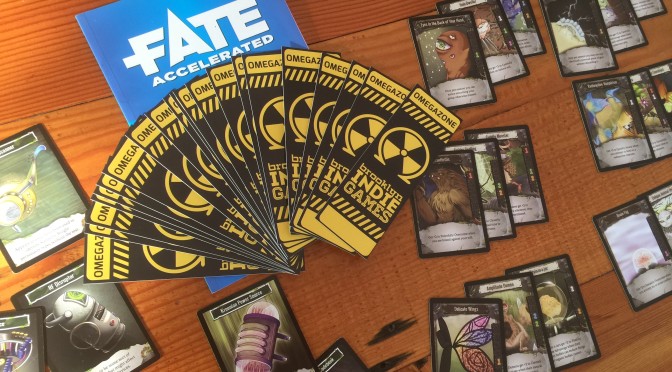This now-five-year-old convention is the one I look forward to the most in a given year. All of Double Exposure’s conventions are great, but only one is specifically about to delivering excellent content tailored around designing games, for people designing games. And it’s open-armed, welcoming, and unbelievably full of interesting information from an incredible number of amazing people.
The games I’ve taken there have consistently gotten immensely valuable feedback. I’ve met phenomenal people and solidified casual acquaintances into fast friends. I’ve also been able to make a difference in people’s understanding of running their individual game businesses. And it’s the last part that I think is one of the most important to me. I thrive on helping people learn and succeed. And Metatopia is the single best place to do that in tabletop games.
I cannot recommend this convention enough. I really can’t.
I am going to be running four playtest slots of a game under the codename “Project CS,” which is a pickup-and-deliver deckbuilder. There are a few bits and pieces that need ironing, so if you’re going, I hope you’ll help me find and file off the remaining burrs. The game is also on the schedule for a for a formal announcement next week, so keep an eye on my twitter account (@dicefoodlodging) for more info!
Here’s the timetable of events that I’m an official part of, and I have lots of things I want to attend as well. Come and find me!
Friday
9-11am - Project CS
1-2pm - D017: Defining Success - Establishing Personal Metrics
2-4pm - Project CS
Saturday
1-2pm - D059: Theme: What is it Good For?
2-3pm - D065: Where I Stole My Best Idea
8-10pm - Project CS
Sunday
3-5pm - Project CS
Bonus: Brie Sheldon has written up some great tips on being a good playtester, just in time for Metatopia!
http://www.briecs.com/2016/10/convention-playtester-tips.html








